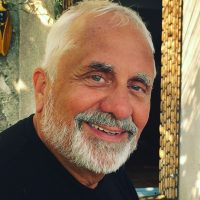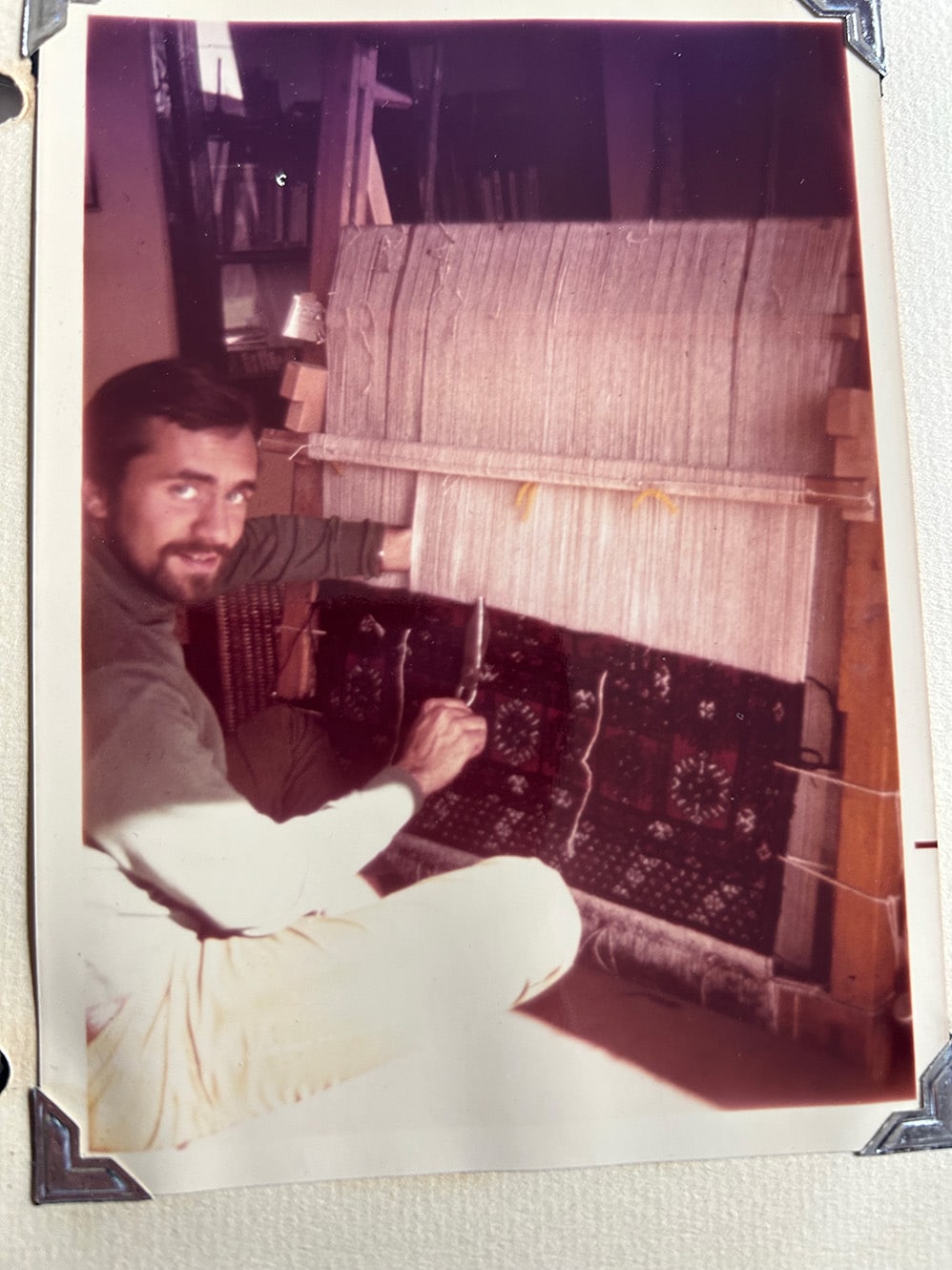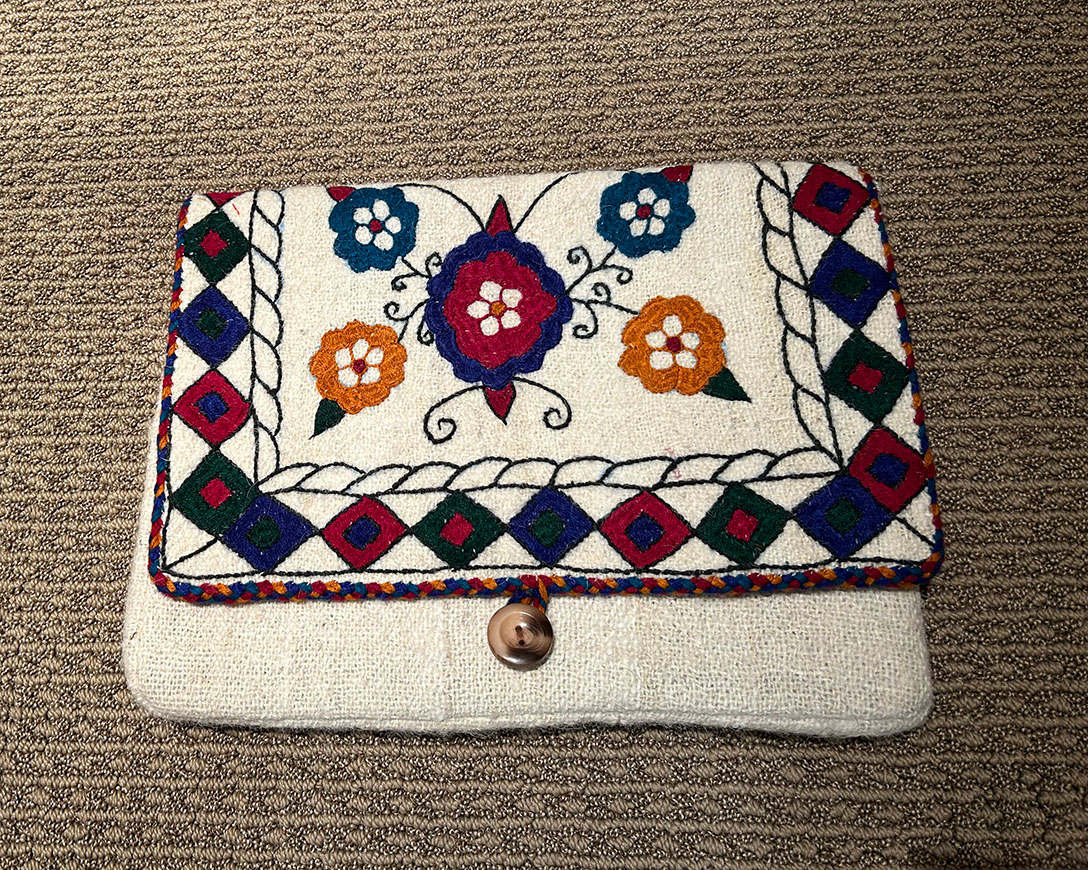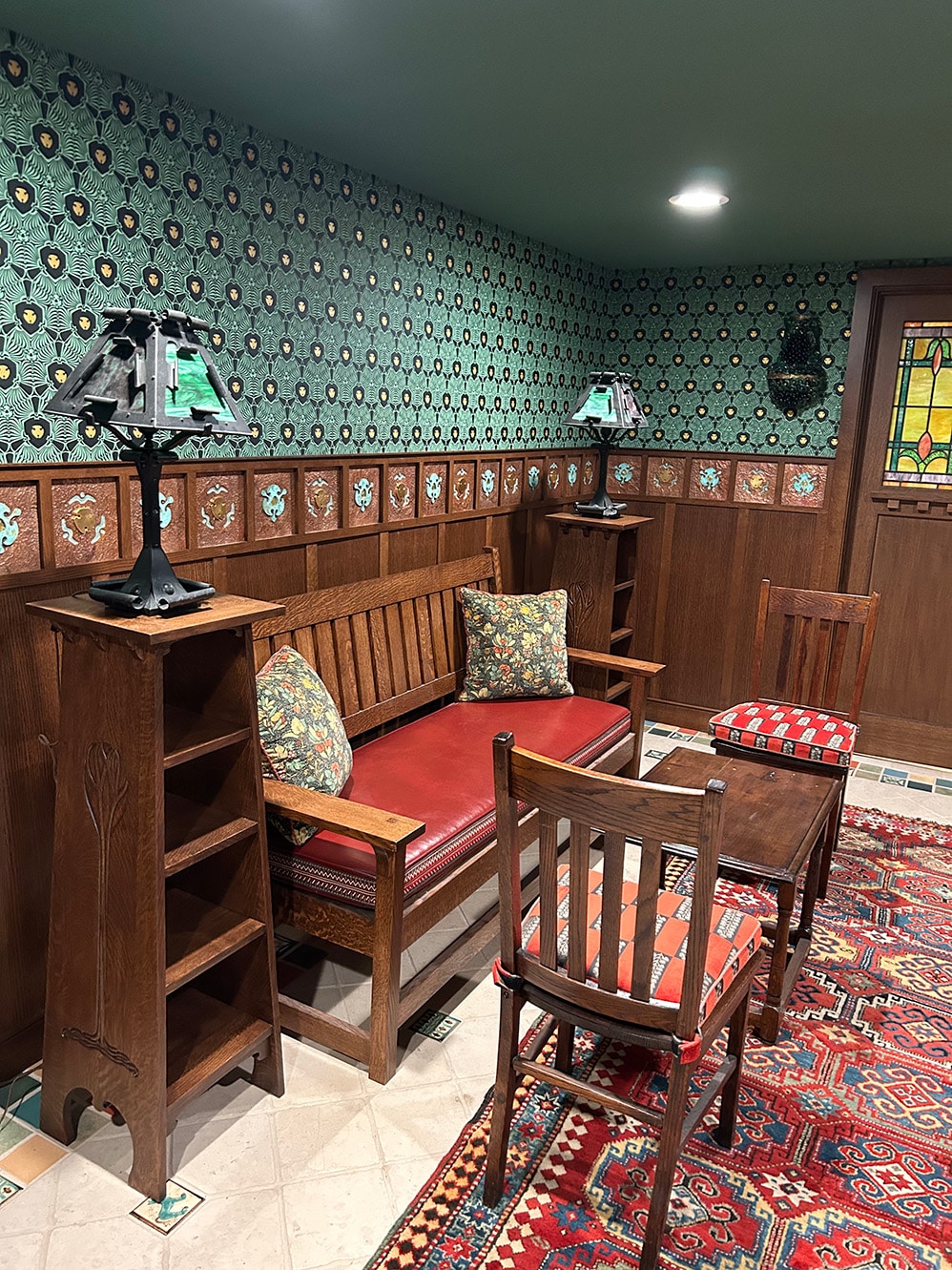January 20, 1961. I seem to remember sitting in a family friends’ living room watching a reprise of President Kennedy’s inaugural speech in which he addresses the nation to “Ask not what your country can do for you, but ask what you can do for your country”, I was 14. I’m a small-town boy from western Pennsylvania. I’m a nobody from a nowhere town. But I was struck by this statement, “Ask not….”
I graduated from a no-nothing university. Not Brown. Not Yale. Not UCLA but Indiana University of Pennsylvania with a degree in Art Education. I immediately applied for the Peace Corps. No answer. In order to pay off student debt, I took a teaching position in Leighton, a depressed small town in the heart of the hard coal region. A reality check right here in America.
“Ask not….”
One year later, it came. IT CAME!!! The letter from Peace Corps dated November 17, 1969: “Dear Mr. Smith: I am pleased to inform you that you are being invited to train for Peace Corps service in Afghanistan to work in audio-visual aids.”
It was signed by Joseph H. Blatchford. My application number was 267772. Training site: (left blank) would eventually be in country, a radical idea at the time. Training date: 5/10/70 (hand written!!). Job description: teaching audio-visual teaching methods. Job site: Herat, Afghanistan.
To teach in the state of Pennsylvania, all prospective teachers had to take a course in Audio-Visual teaching methods. It paid off. This was my ticket to the Peace Corps.
“Ask not” was becoming a reality.
Herat, a large provincial town in western Afghanistan near the border of Iran, was a city of artists and poets. It was part of ancient Persia. I entered the town passing a long row of pine trees and saw the mosque with its glinting turquoise tiles that demanded closer observation. Each flower and each vine tendril was a separate mosaic piece, not merely painted on interconnecting tiles. Kismet (a Persian word) or did Peace Corps actually match my experience with my soon-to-be home? I like to think a little of both – a perfect match!
After training I found myself ensconced in this beautiful city working in a teachers’ training institute teaching AV educational methods. Want to know how to thread a projector? No problem, I’m your guy. The only fly in the ointment was that Herat had no electricity during the day. To say that I had to go back to the drawing board would be an understatement. But, what PCV ever did what was on their original job description? Instead of running the projector, my counterpart, Fatah, and I created a picture file for visual learners with Dari and English descriptions and made them available to the teaching community of Herat.
Like many volunteers, I had a lot of extra time on my hands. At college I had taken a course in hand weaving. “When opportunity strikes, I said to myself, look around, Philip, you’re living in one of the premier rug weaving areas of the world. What to do? Set up your own loom, study with local rug weavers and weave your own rug. I did exactly that and I did it all in Dari (Farsi.). Thank you, Peace Corps, for grueling hours of language training. It paid off!
My country boy’s eyes were opened, not only to cross-cultural experiences, but to artistic ones as well. And what was this artistic cross-cultural experience? The use of color pattern combinations like I never saw before. The visual overload of pattern and color could not be ignored. It could only be absorbed.
After Peace Corps, I earned an MFA degree in hand weaving and textiles from the School for the American Craftsmen at the Rochester Institute of Technology. One of the pieces that I used in my portfolio for entrance to the school was my little rug that I wove under the tutelage of Kazak rug weavers. Thanks to you, Peace Corps.
Fifty-five years later, I am still using the lessons taught to me. As a professional residential designer, I use color and pattern mixtures daily. It takes a little persuasion to convince some of my clients to follow my pattern-crazed suggestions, but they do. And the results are stunning. See my design of the wine tasting room – the wall and seat coverings and rug. At 78, I’m still involved in the business – I love all things textile.
Today I am paying back to my host country. Through a non-profit organization, Growing Peace in Afghanistan Fund, I am working on a weaving project in Bamiyan, Afghanistan. The project makes products from barak, an indigenous wind and water repellant fabric. Our 20+ women employees weave and sew bags made from barak designed to hold laptops, I-Pads and cell phones. Once woven and sewn together, the bags are covered with brightly colored embroidery native to the region. We have taken the weaving process form a ground loom to a traditional 4- harness loom. The project has a total of six, 4-harness looms in the production process.
“Ask what you can do”. I did. I did, Mr. President.






